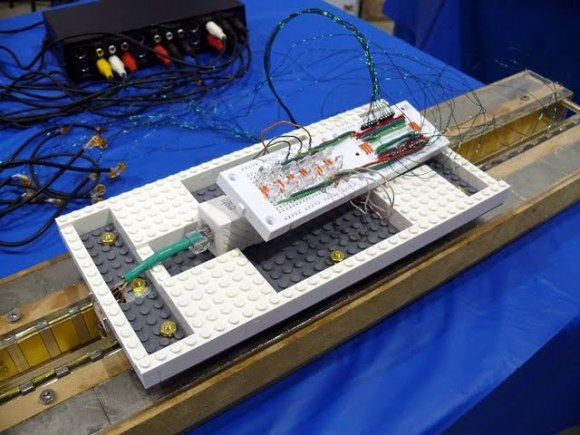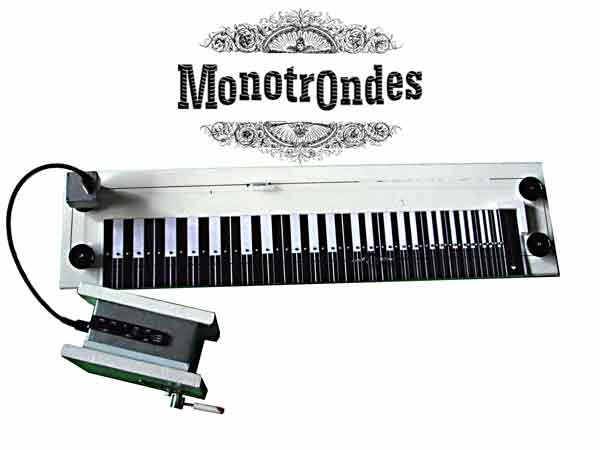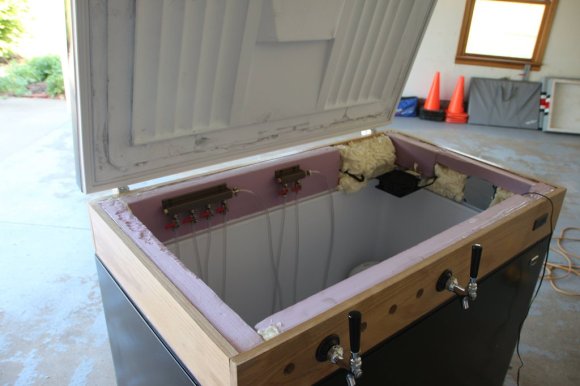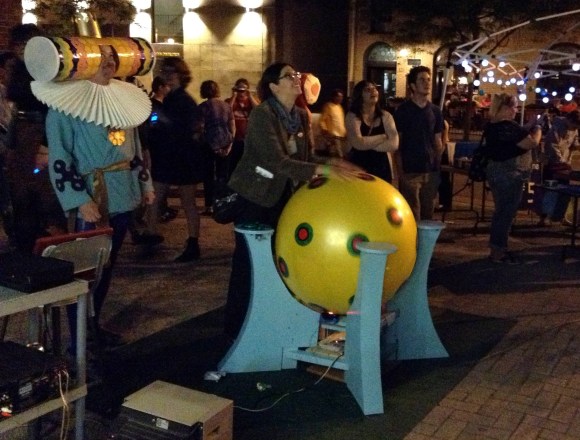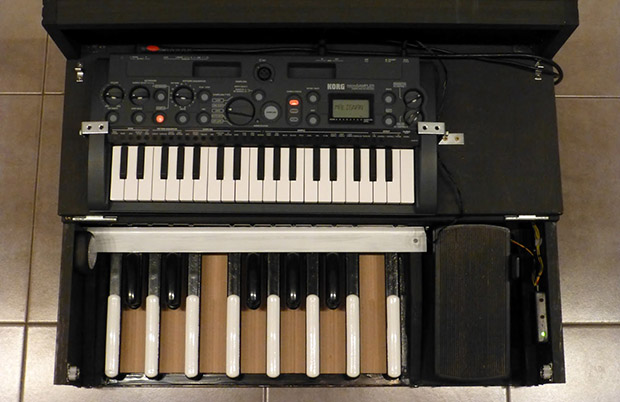[Tony Swatton], blacksmith, armorer, and prop maker, has built hundreds of custom swords for hundreds of movies and TV shows. He’s also the maker behind Man at Arms, the YouTube series where weapons from your favorite shows and movies are recreated, be they improbable weapons from a James Bond movie or a sword from a cartoon. This time, he recreated the Sword of Omens from Thundercats. It’s a work of art in its own right, and amazingly practical for a cartoon sword.
The Sword of Omens is one of [Tony]’s more complex sword making endeavors he’s done. The grip is made of seven different pieces cast in bronze, while the hilt of the sword is over a dozen of different pieces of steel welded together. The jewel in the sword was cut from a piece of glass, carefully ground on a lapidary wheel to a perfect dome.
Of course, this isn’t the only weapon from popular media that [Tony] has crafted. He’s also done Oddjob’s hat from James Bond and Finn’s golden sword of battle from Adventure Time.



